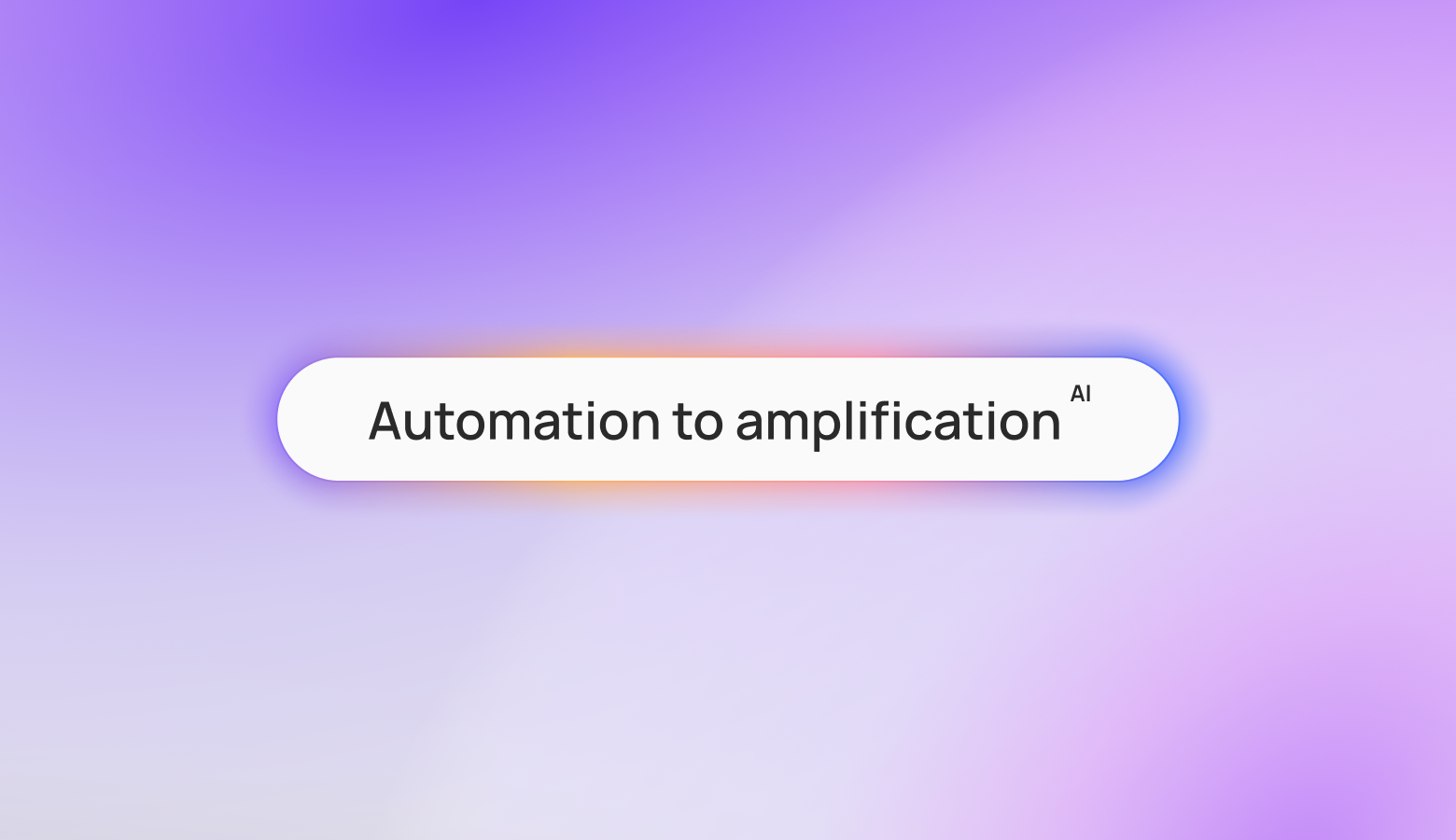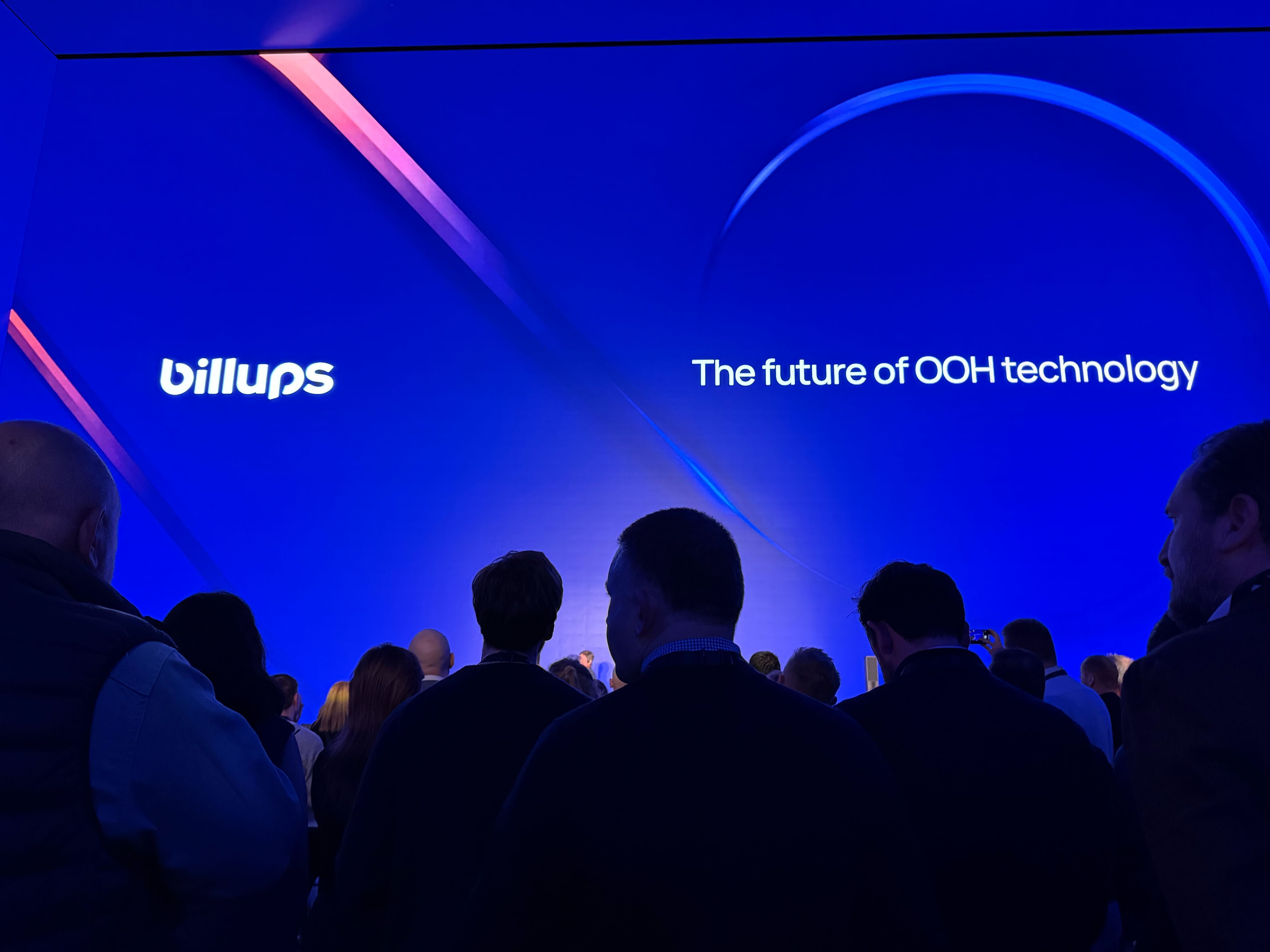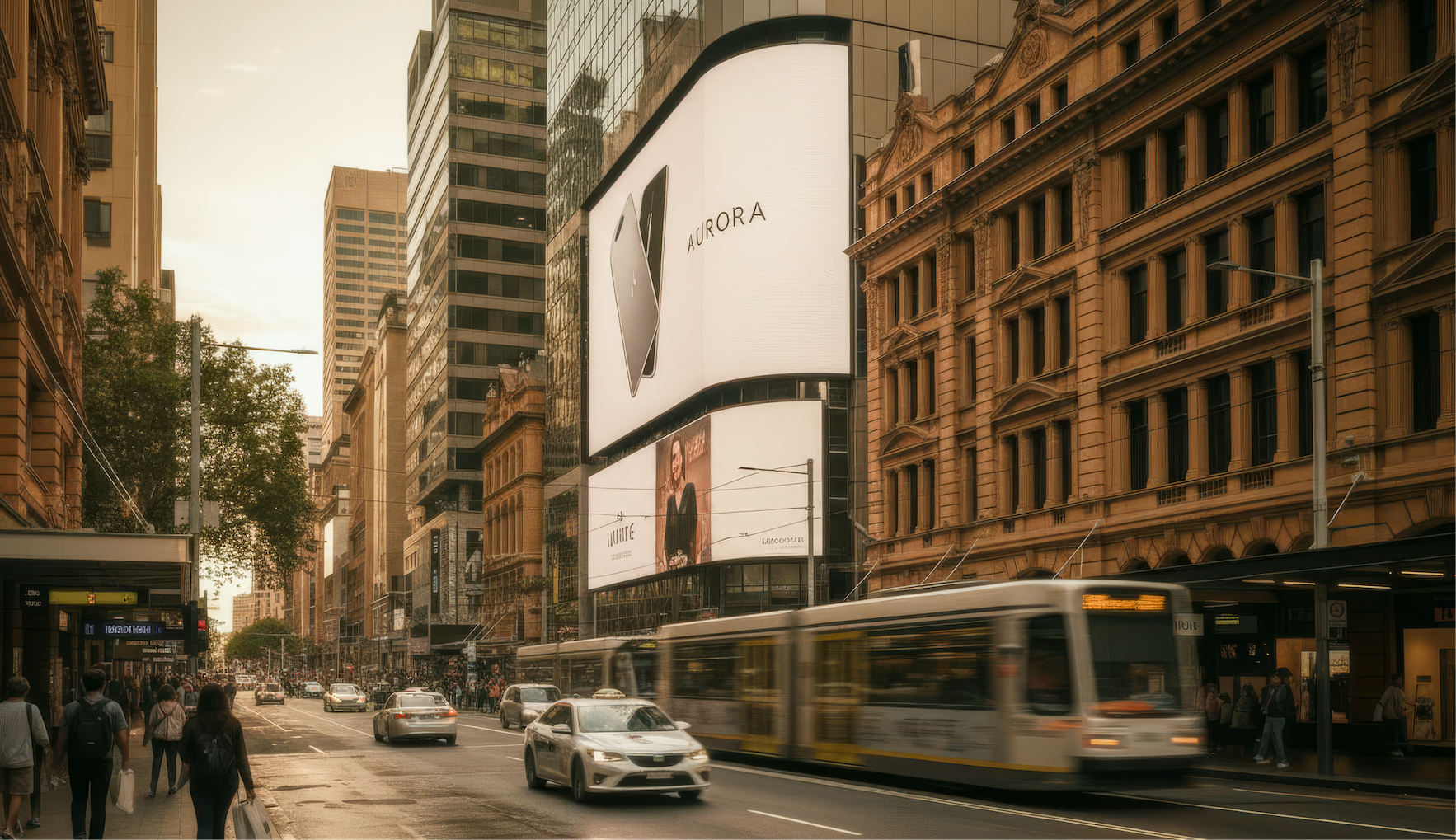When Caution Meets Creativity: What World AI Summit Amsterdam Taught Us About the Future We’re Already In
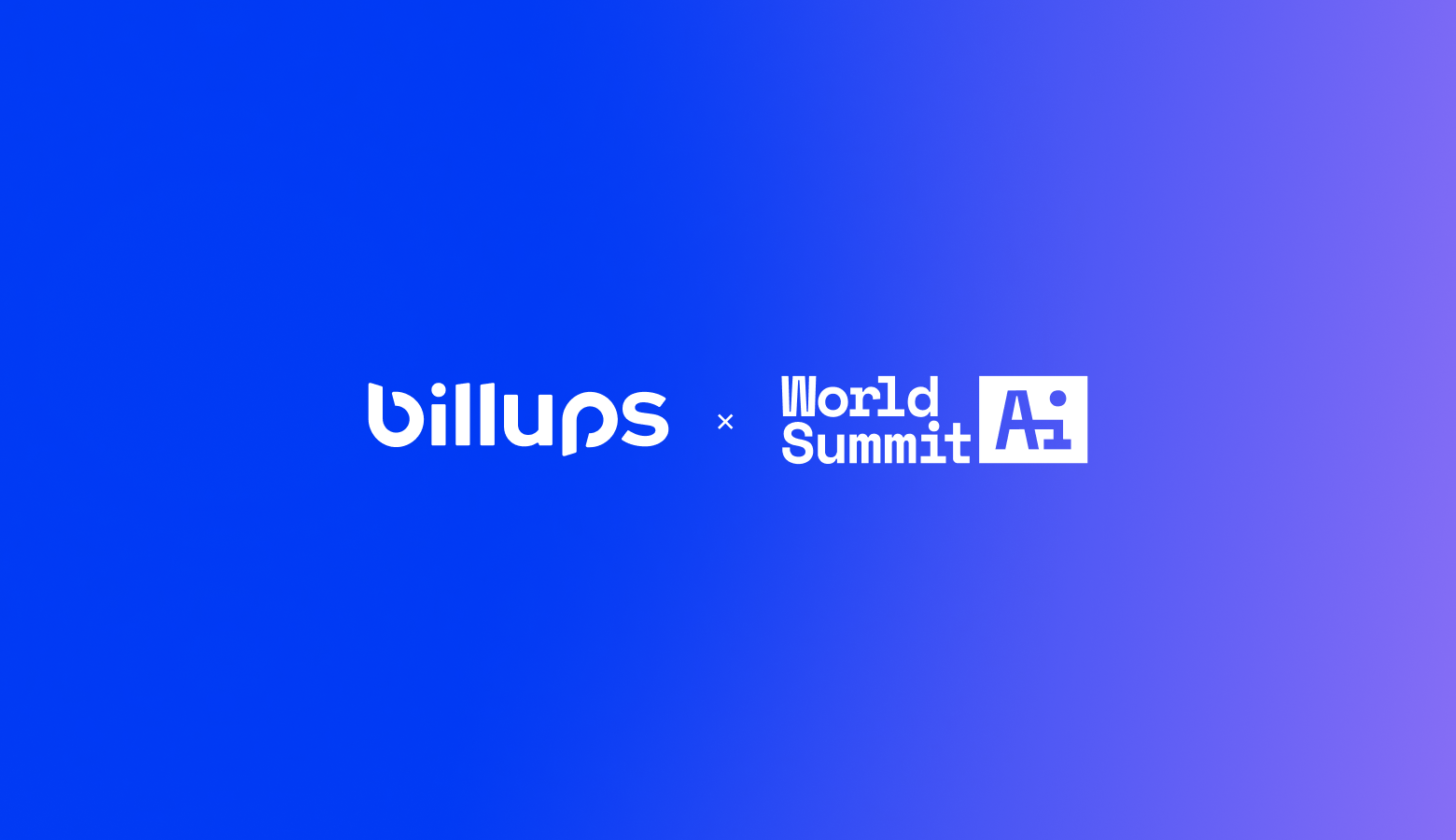
.png)
The Delorean parked at the entrance of the World AI Summit in Amsterdam was more than a photo op. It was a statement: the future isn’t coming, it’s here. But as we discovered across two days of discussions, demos, and digital dreams, that future may not be exactly what Silicon Valley promised.
As first‑time attendees, billups weren’t passive observers. Our Global CTO Shawn Spooner recently shared in an interview with the U.S. Chamber of Commerce how AI is already transforming digital out-of-home (DOOH) advertising, making displays smarter, contextually adaptive, and performance‑driven. That work sits at the intersection of screens, cities, and storytelling, exactly where we hoped to plug in, observe, and learn during the Summit.
From inside the conference halls to quiet backstage conversations, one truth echoed: we’re not just building smarter machines. We’re negotiating what it means to stay human while doing it.
Empires of AI
Karen Hao’s headline session, “Empire of AI,” set a sharp tone early. Her critique of Silicon Valley’s influence was a blend of journalistic analysis and moral provocation. She mapped how a handful of American tech giants have effectively exported their worldview through algorithms, reshaping global cultures, economies, and even political systems, all under the guise of progress.
But what made her talk land wasn’t just the critique. It was the question that lingered: If AI is an empire, what does resistance look like? And who gets to write the next chapter?
For those of us outside the software and cybersecurity sectors, this hit differently. We weren’t there to just sell. We were there to listen. To learn. And often, because of that, people opened up in unexpected ways.
Inside The Creative Engine
One of the most grounded yet visionary sessions came from Ellen Svanström, Chief Digital Information Officer at H&M Group. In a summit heavy on theory and technical promise, H&M’s approach felt refreshingly real.
Ellen didn’t pitch AI as a miracle. She described it as a tool; one that, when handled with care, could expand the canvas of human creativity. From dynamic styling algorithms to AI-enhanced design feedback loops, H&M isn’t replacing the artist. They’re giving the artist a smarter studio.
Her most striking insight? That creativity, when scaled with AI, demands more, not less, human oversight. "We don't just design clothes. We design experiences," she said. "And experiences are still very human."
Chief Global Growth Officer at billups, Ranga Somanathan, echoed Ellen’s sentiment: “When Human Intelligence (our empathy, judgment, and ethical oversight) and Artificial Intelligence (its speed, precision, and data processing) work in harmony, they create a service that is both lightning-fast and deeply human.”
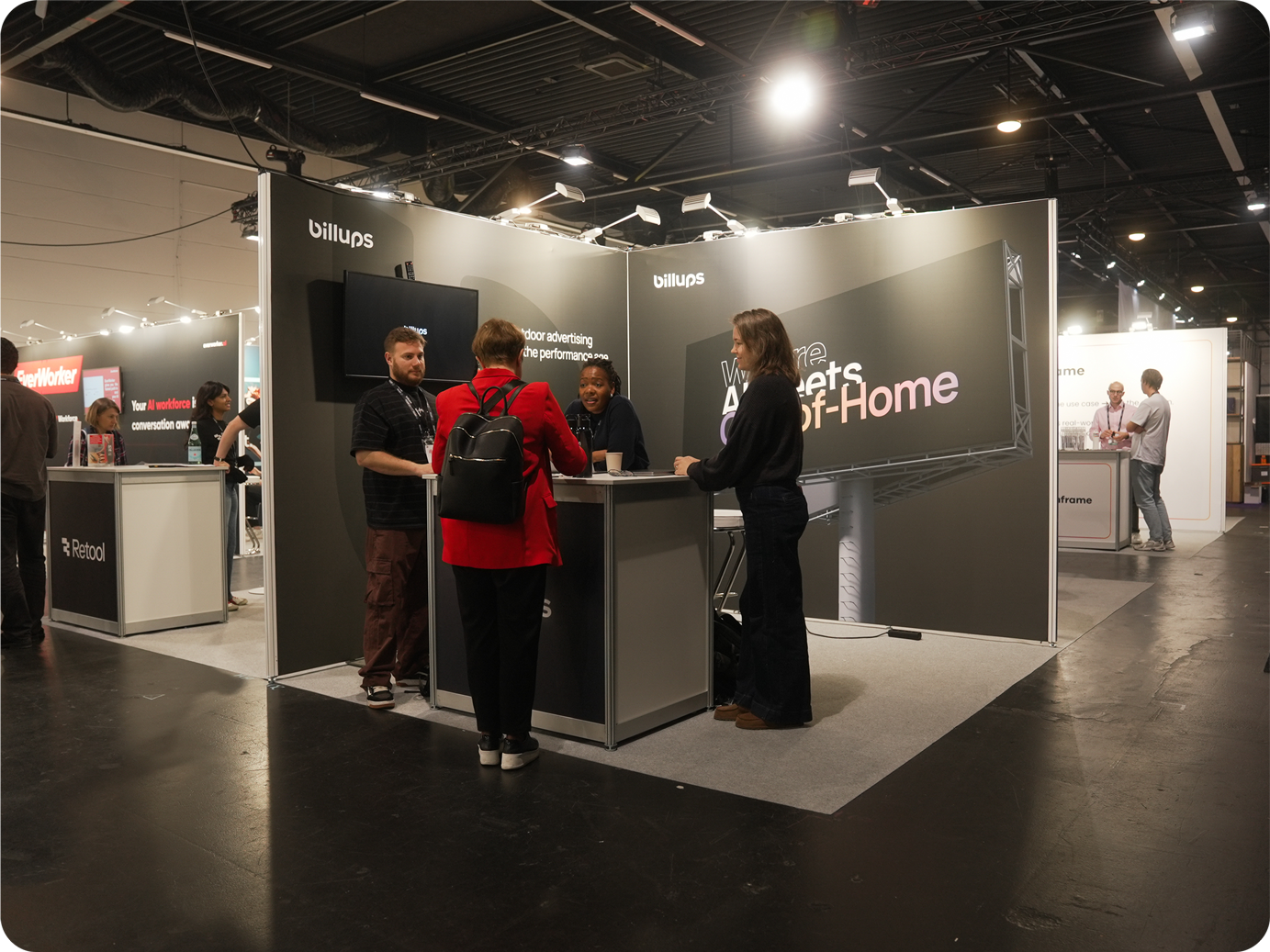
A Summit With Restraint
What surprised us most was the tone of the summit overall. For an event celebrating the cutting edge, there was a striking undercurrent of caution, even restraint.
Across panels and product showcases, a new vocabulary surfaced - words that once belonged to policy circles now framed the frontier: alignment, guardrails, regulation. Five years ago, ambition was the headline. This year, accountability was.
Some of this caution, we sensed, was strategic. In a Europe where AI legislation looms large and digital sovereignty is top of mind, companies weren’t just showcasing innovation. They were signaling compliance, even unity.
But as one environmental entrepreneur noted quietly during a break, “We keep talking about AI as a tool for sustainability. But where’s the power going to come from? How are we going to feed these models without burning the planet?”
That kind of realism, often shared off-stage, was where the summit felt most alive.
The Human-AI Tango
For our Global Chief Growth Officer, Ranga Somanathan, the summit wasn’t defined by one moment; it was the collective energy. "We are firmly entering a Golden Age of Collaborative Intelligence," he reflected.
That idea kept surfacing: not man versus machine, but augmentation over automation.
In his words:
"AI will not replace us; it will elevate our human potential by automating the mundane and amplifying our core strengths like creativity, critical thinking, and empathy."
Ranga also pointed to three game-changing shifts our clients should watch closely:
"Insight Magic: AI will turn messy, disparate data into a cohesive, instantly accessible source of deep customer insights."
"Creative Velocity: This will enable us to anticipate customer needs and activate tailored, high-impact creative solutions with unprecedented speed and precision."
"Measurable Impact: Perhaps most powerfully, we can now link every creative touchpoint to concrete business value. This is not just efficiency; this is intelligent growth acceleration."
And when it comes to trust? He offered a compelling lens:
"Trust is the ultimate growth accelerator. Brands can scale trust by embodying empathetic transparency.”
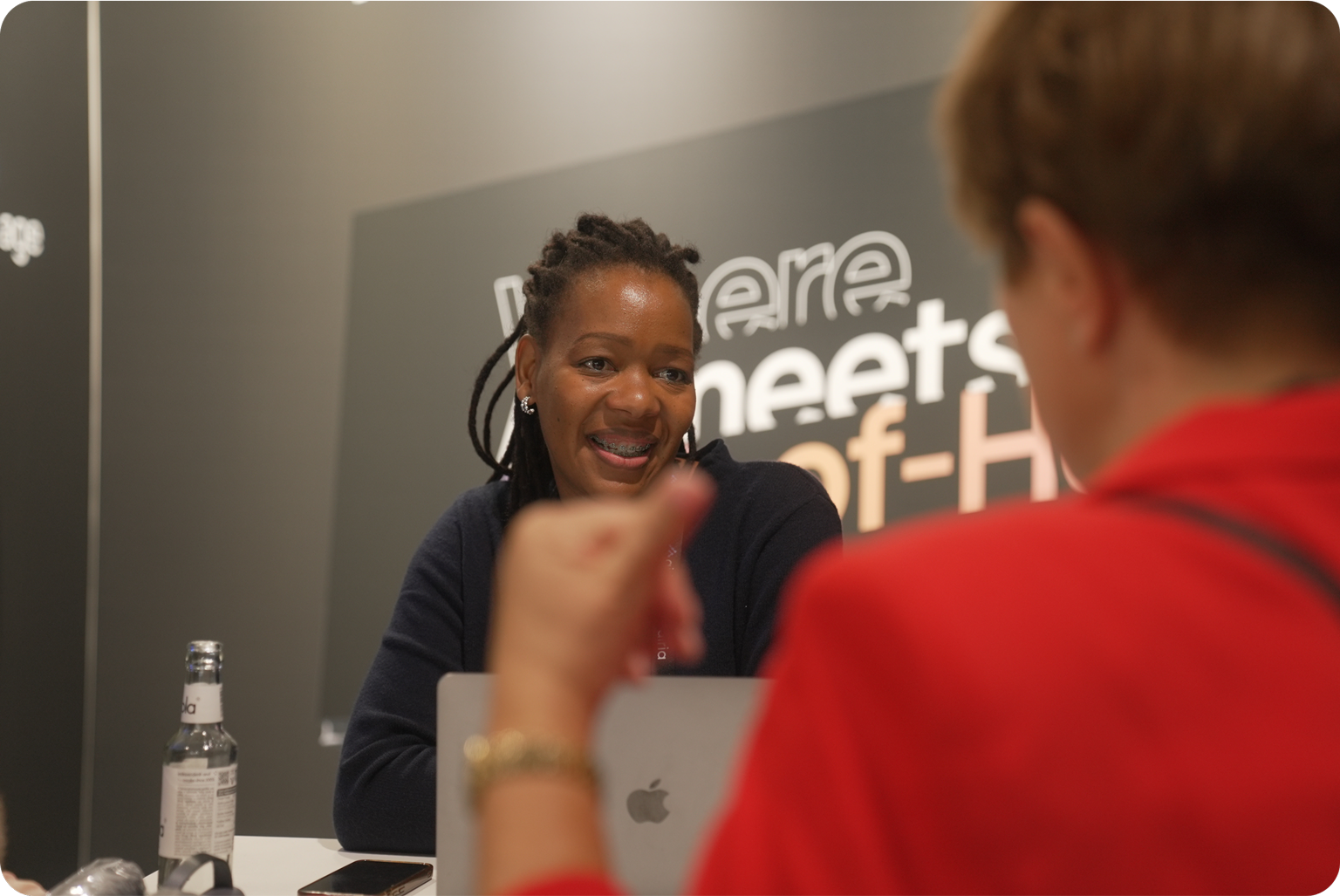
Moments Between The Headlines
Some of the most telling moments happened away from the main stage.
At our stand, a major digital brand covered its name tags. Not for privacy, but to avoid scrutiny from attendees who might challenge their AI practices or be displeased with their presence. That quiet act said more about the state of trust in the AI space than any panel.
More than once, our team’s "outsider" position sparked candid conversations. We’re in Out-of-Home advertising, not AI. But that made us approachable. People asked real questions. Shared honest doubts.
One attendee half-joked, “Are we all just saying the same thing? How many times can we say ‘we must collaborate’ before it becomes meaningless?”
They weren’t wrong. There was a noticeable repetition of safe, consensus-building language. And little clarity on how international collaboration would work when regulation, ethics, and innovation cycles vary wildly across borders.
What We’re Taking Home
If there was one bold takeaway from the summit, Ranga captured it best:
"AI is our new Superpower. Focus on Augmentation, not Automation."
"Our strategic imperative is not to fear replacement, but to master human-AI collaboration. When we remain firmly in control of the strategy, the vision, and the final decision, AI becomes the force multiplier that allows our teams and our clients to achieve innovation and growth previously considered impossible."
At the World AI Summit, we didn’t find all the answers. But we heard the right questions.
And maybe, that’s a better start.

